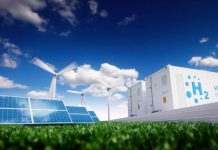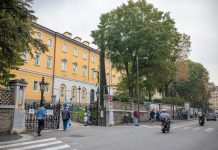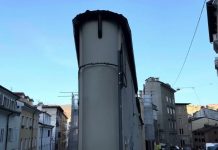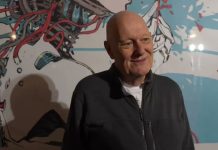by Maximiliano Crocamo
Interviews: Prof. Alfonso Franciosi, President and CEO of Elettra Sincrotrone Trieste; Alessia Rosolen, Regional Councillor for Education, Research, and Universities
A major milestone for science in Trieste has been reached with the official start of installation for Elettra 2.0, a next-generation synchrotron light source that will significantly enhance research capabilities in the region and beyond.
The new machine replaces the original Elettra, which was decommissioned just days ago after 32 years of continuous operation. Based in the research hub of Area Science Park, Elettra Sincrotrone Trieste has long been a cornerstone of scientific innovation, supporting nearly 12,000 experiments across disciplines including physics, chemistry, biology, and materials science.
“With a much brighter and more coherent light, we will be able to observe the innermost structures of matter and develop advanced techniques,” said Professor Alfonso Franciosi, president and CEO of Elettra Sincrotrone. “Measurements that once took hours can now be completed in minutes, with far greater precision and detail.”
Elettra 2.0 is built on a fourth-generation storage ring—a major technological upgrade that will provide researchers with more stable photon beams and significantly improved imaging capabilities. The enhanced performance is expected to attract international collaboration and keep Trieste at the forefront of global research.
For the scientific community in Trieste and across Europe, Elettra 2.0 represents not only a leap in technological capacity, but also a reaffirmation of the city’s long-standing role as a center for advanced research and innovation.






























